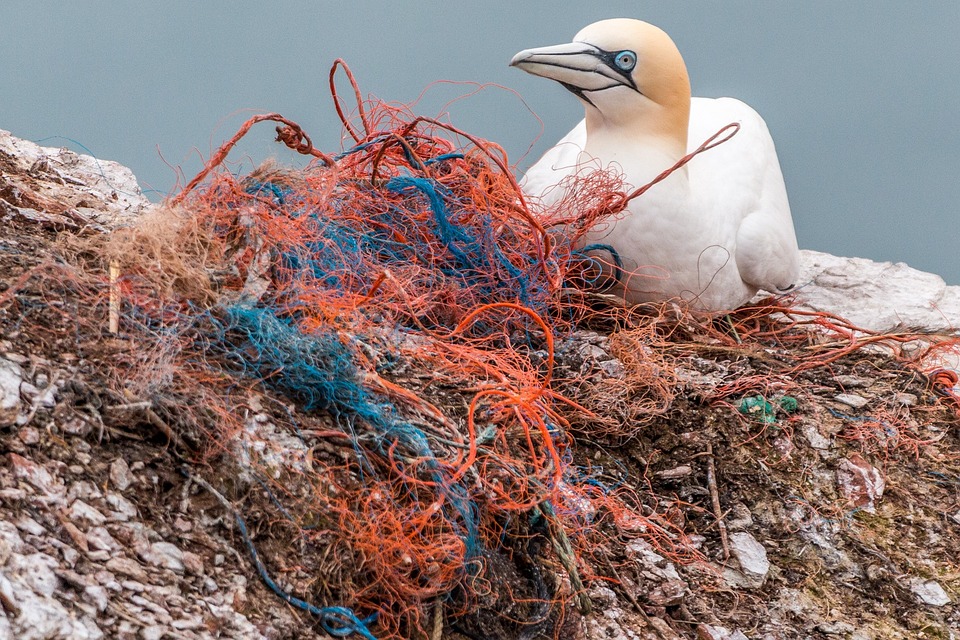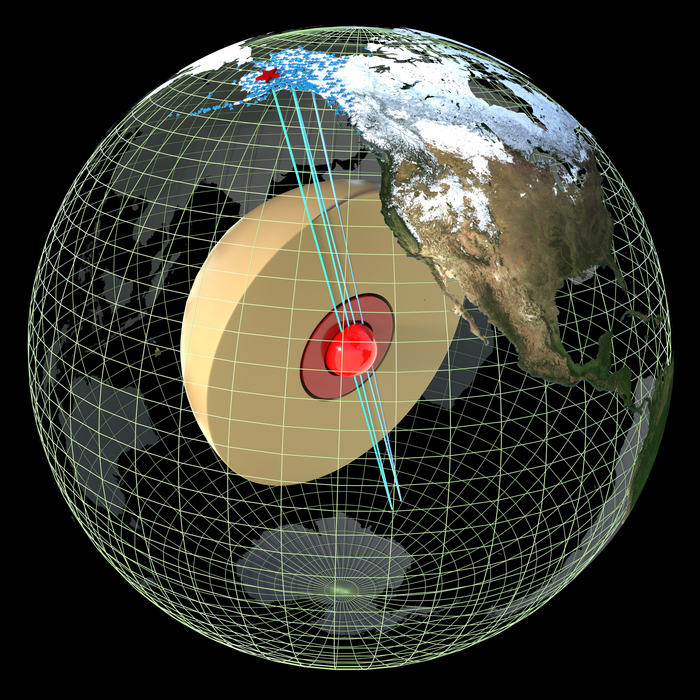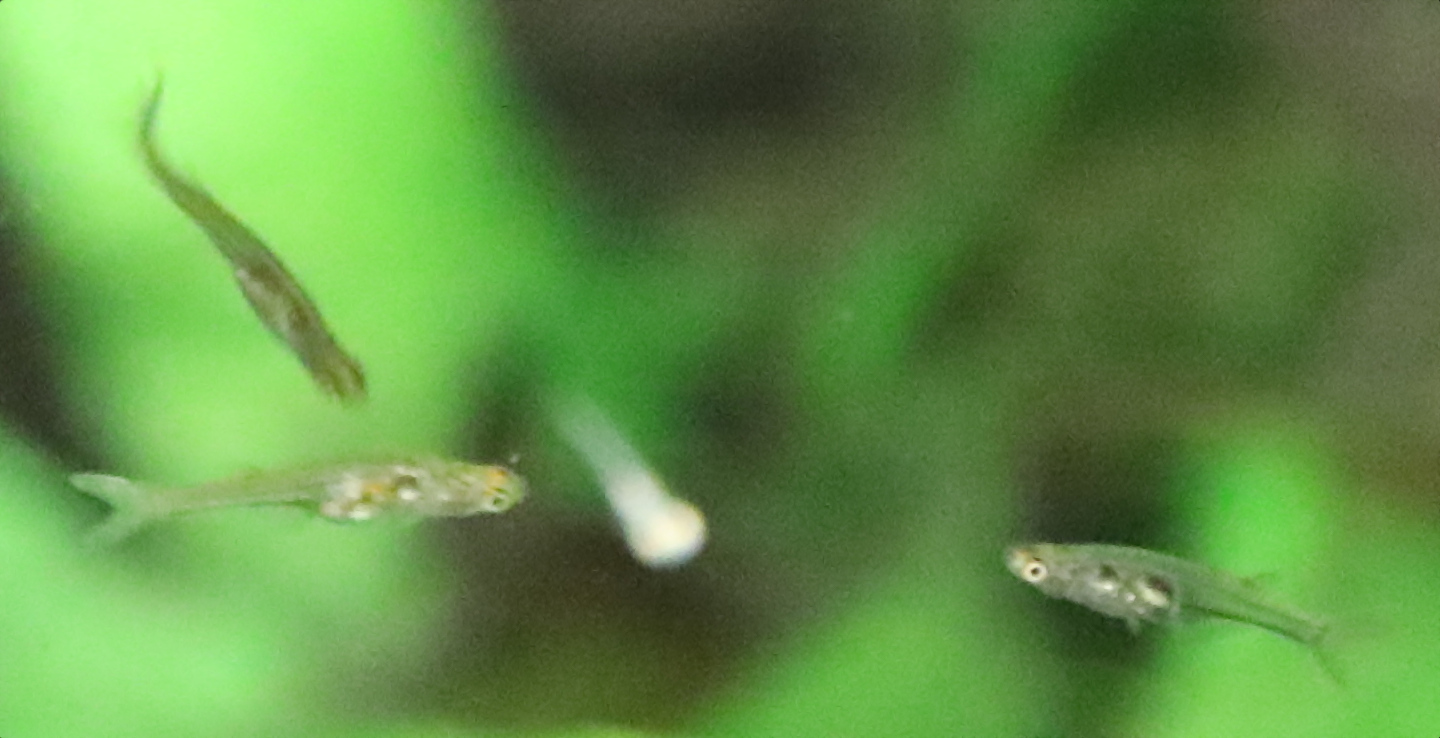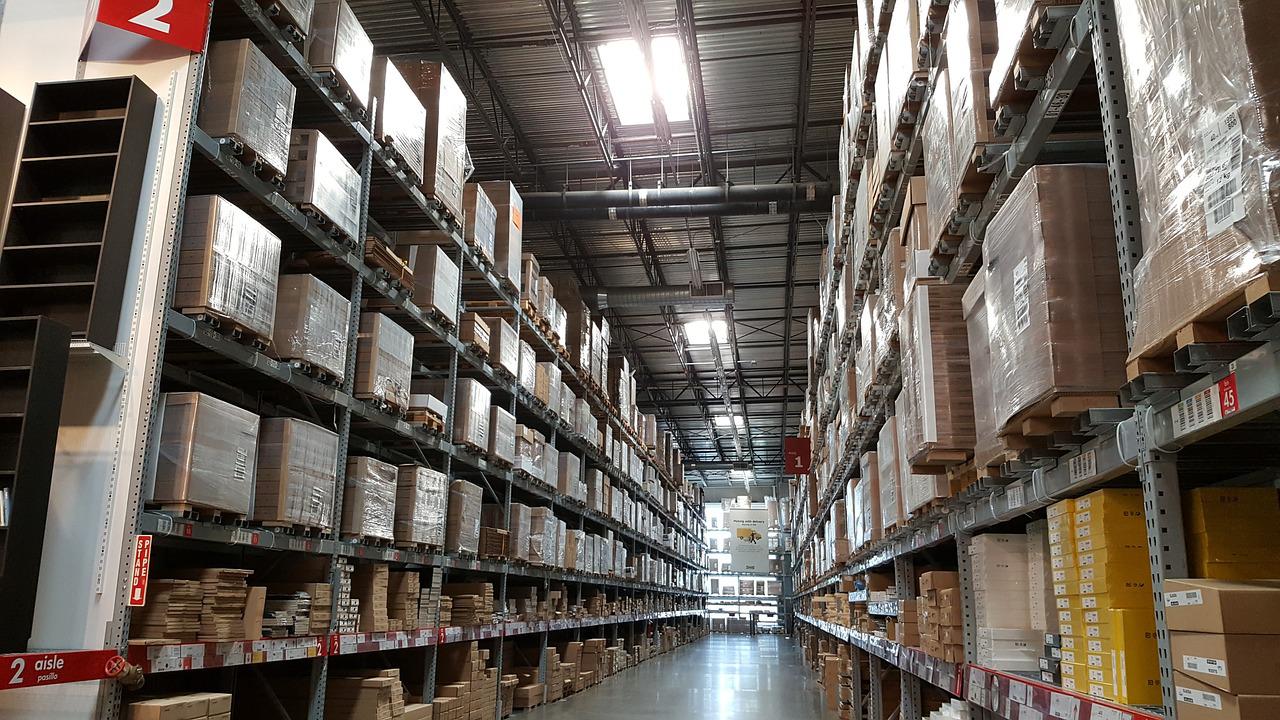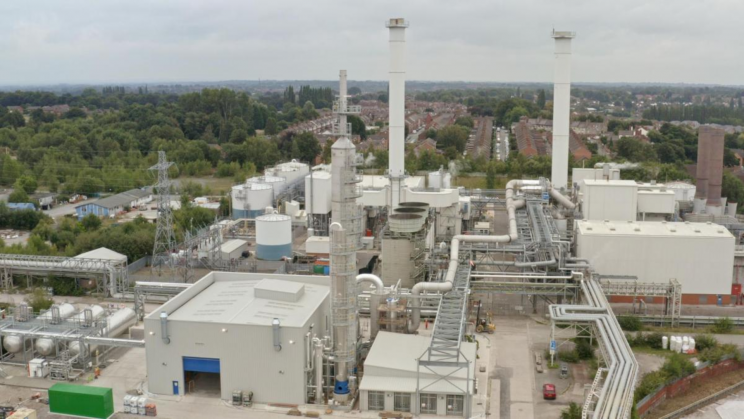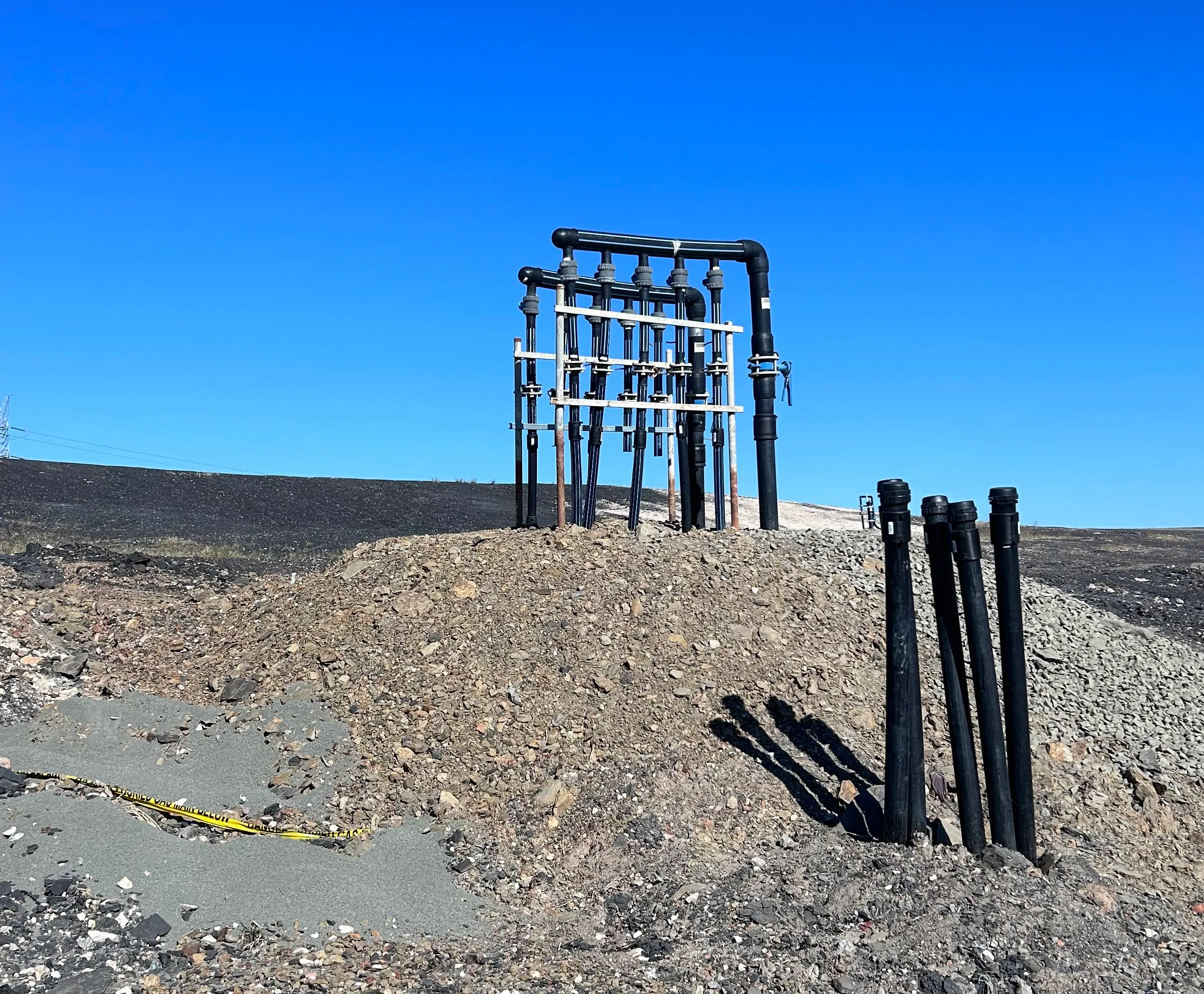The Great Pacific Garbage Patch, about 620,000 square miles long, or twice the size of Texas, is an ecological disaster. Containing over 1.8 trillion pieces of plastic, this floating garbage heap is located between Hawaii and California.
Scientists while studying this giant collection of plastic trash, discovered an astonishing ecosystem developing around
Researchers found numerous coastal creatures thriving, surviving, and reproducing on floating plastic debris. They found 46 different species of invertebrates living on the debris. Researchers were surprised by this discovery because these species usually stick close to the coast. The creatures included sponges, oysters, anemones, crustaceans, barnacles, and worms.
According to researchers, these species do not belong here, and their home is thousands of miles away.
“Our results demonstrate that the oceanic environment and floating plastic habitat are clearly hospitable to coastal species. Coastal species with an array of life history traits can survive, reproduce, and have complex population and community structures in the open ocean,” noted the research paper.
This study warns that this newly developed ecosystem is “fundamentally altering the oceanic communities and ecosystem processes in this environment with potential implications for shifts in species dispersal and biogeography” on a large scale.
“Our results suggest that the historical lack of available substrate limited the colonization of the open ocean by coastal species, rather than physiological or ecological constraints as previously assumed. It appears that coastal species persist now in the open ocean as a substantial component of a neopelagic community sustained by the vast and expanding sea of plastic debris,” stated the research paper.
The study was published in Nature Ecology & Evolution.

